Info
Subfamily: Panicoideae
Genus etymology: Digitaria = "having fingers" [Latin] refering to the inflorescence structure
Species etymology: eriantha = "wool flower" [Latin] refering to the hairs on the sterile lemma
Photosynthetic type: C4 (warm season)
Nativity: naturalized - intentional
First recorded in Hawaiʻi: 1942
Map
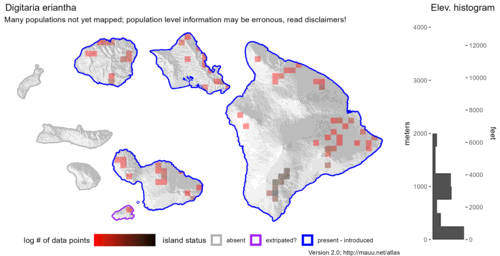

Inflorescence
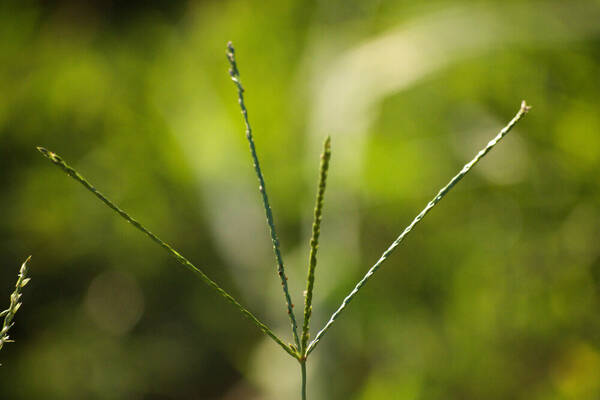
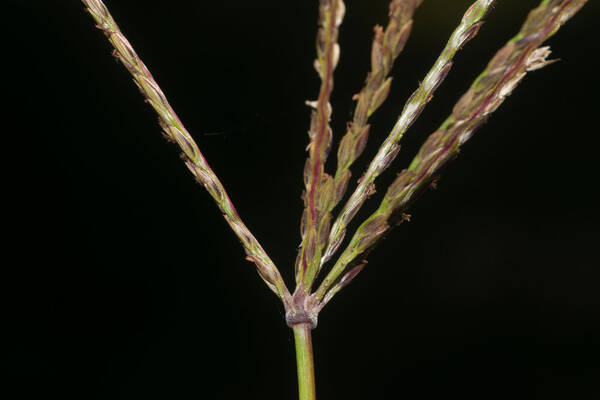
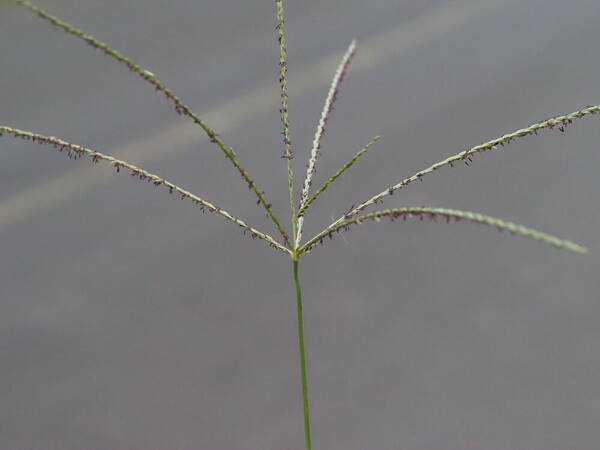
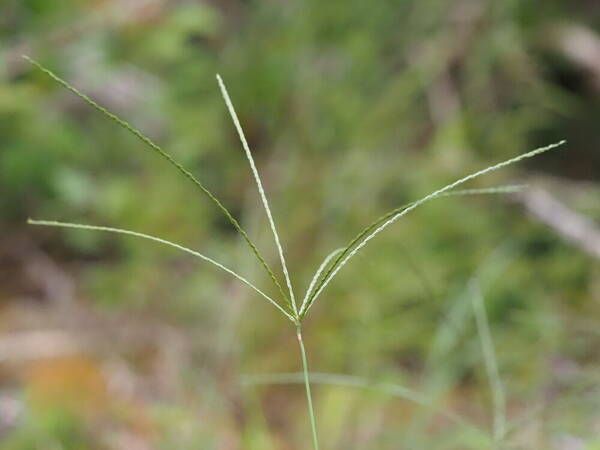
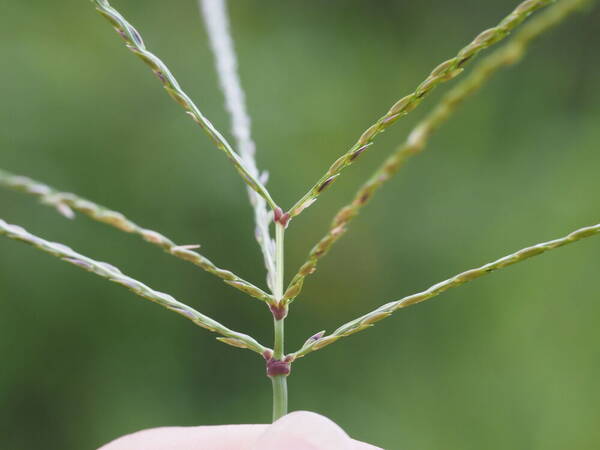
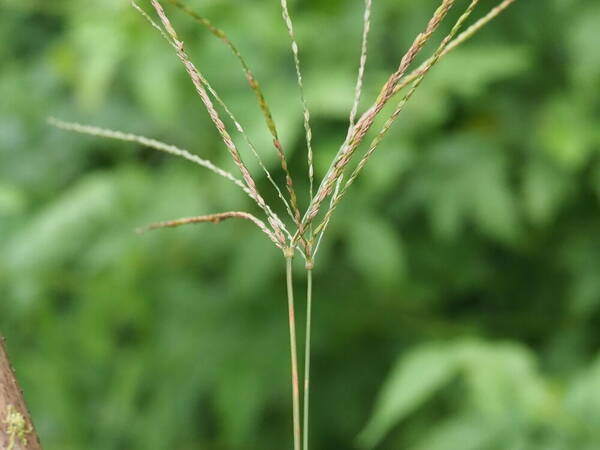
Plant
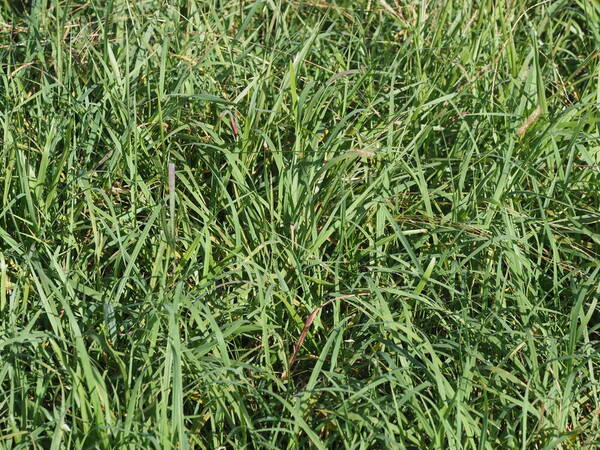
Habit
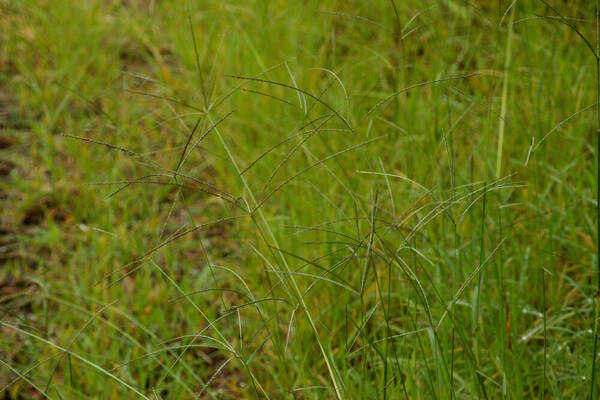
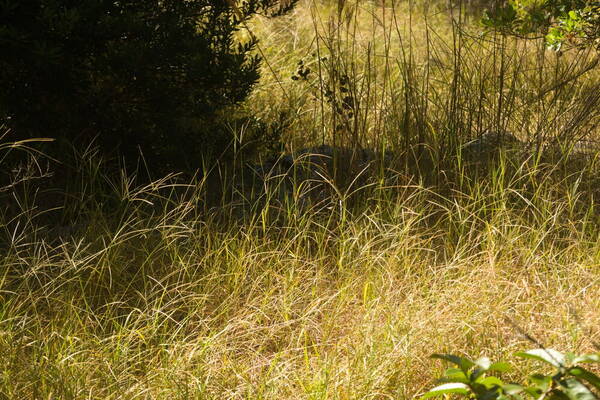
Spikelets
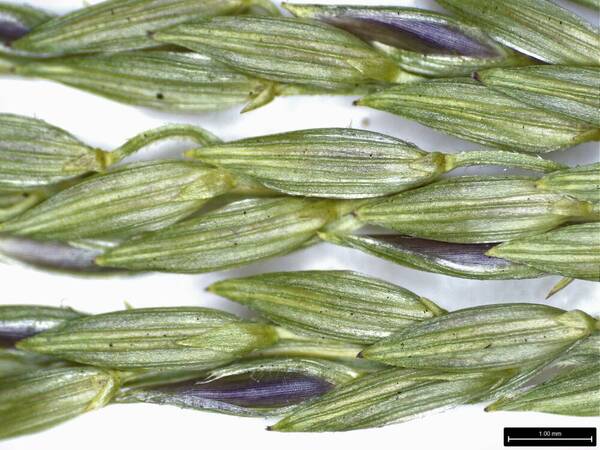
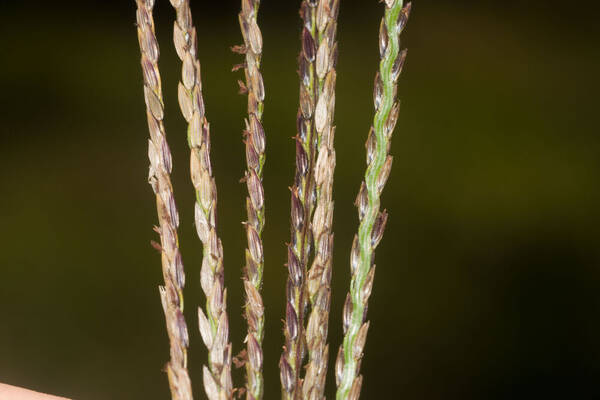

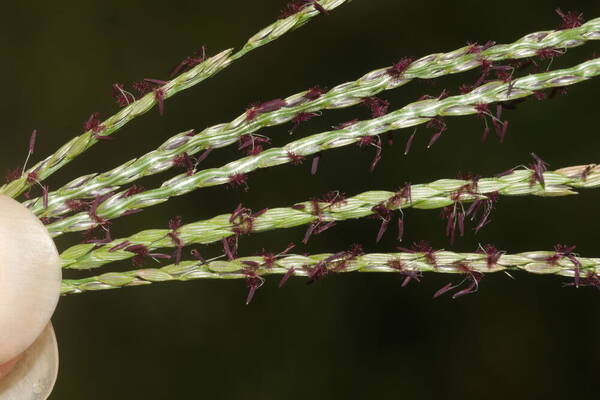
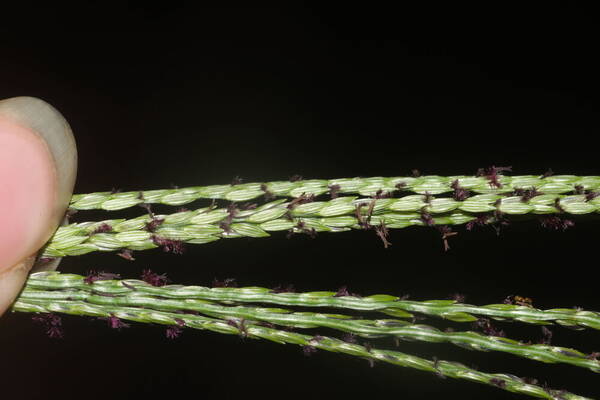

Landscape
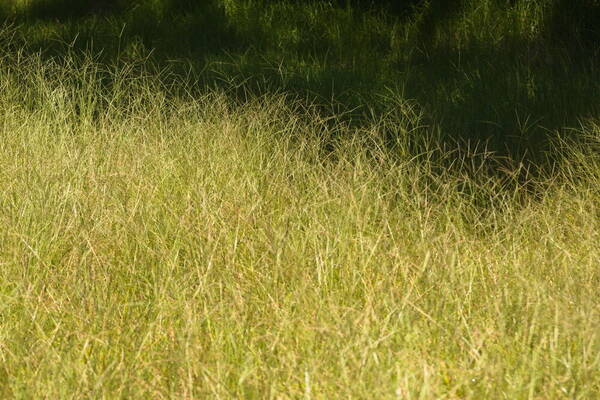
Node
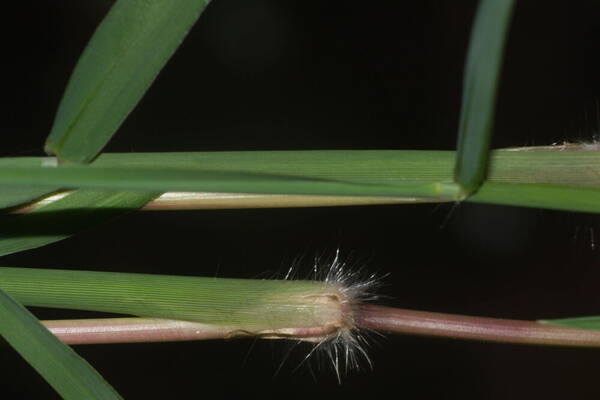
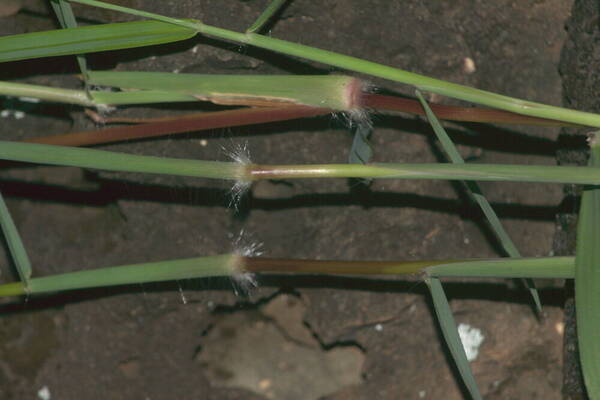
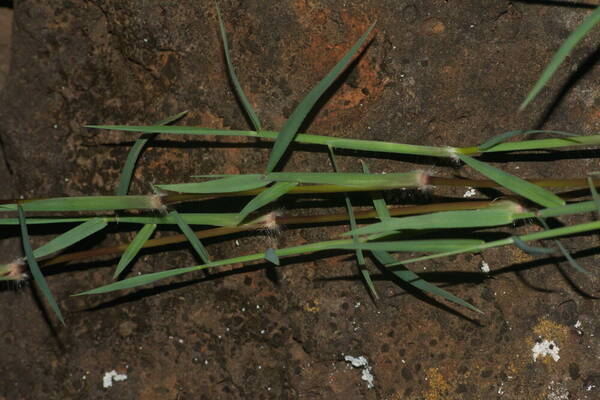
Collar
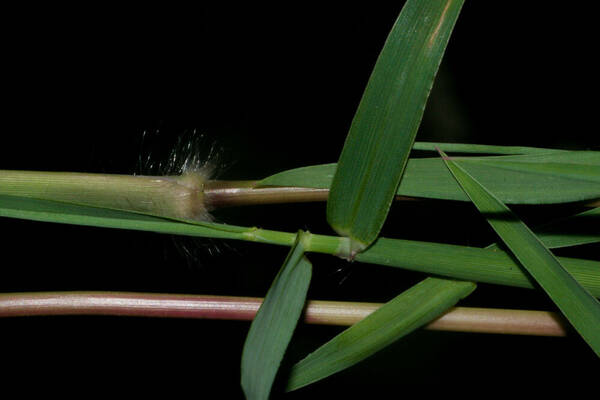
Description
A tightly caespitose perennial, often provided with well developed runners; base surrounded by hairy cataphylls and old leaf sheath remnants. Culms 40–120 cm., ascending to erect, glabrous, nodes dark and glabrous. Leaf sheaths scaberulous, glabrous or loosely hairy. Ligule 2–4 mm. long, subtriangular, shortly ciliate. Leaf laminae 5–20 × 0.2–0.4(0.7) mm., linear, flat to involute, minutely scaberulous on both surfaces, often with a few bulbous based bristles near the base, scabrous along the margins. Inflorescence composed of 3–10 racemes, 5–20 cm. long, erect, (2)3–6 together in a inferior whorl, sometimes a few solitary along a short common axis, and mostly 2–4 together in a second, superior whorl. Rhachis triquetrous, narrowly winged, up to 0.5 mm. broad, smooth to scaberulous, with scabrous margins. Pedicels 2-nate, 0.5–2.5 mm. long, subterete to subtriangular. scabrous, broadened at the apex. Spikelets 2.2–3.5 mm. long, oblong. Inferior glume up to 0.5 mm. long, ovate to triangular, sometimes acuminate and ciliate. Superior glume 1/2–2/3 of the spikelet, oblong triangular, 3-nerved, appressed hairy, hairs fine, smooth, acute. Inferior lemma as long as the spikelet, oblong, 7-nerved, nerves smooth or slightly scaberulous, appressed hairy, with or without bristle-hairs. Superior lemma somewhat shorter than the spikelet, oblong, acute, yellowish green to pale brown.
(Description source: Launert, E. & Pope, G.V. (eds.). 1989. Flora Zambesiaca. Volume 10. Part 3. Kew, London. 152 pp. )
Plants perennial; sometimes stoloniferous, stolons to 6 m, or cespitose, with or without rhizomes, rhizomes, if present, short, giving the plants knotty bases. Culms 35-140 cm, erect or decumbent, not rooting at the basal nodes. Basal sheaths glabrous or pubescent, often densely so, hairs 4-6 mm, papillose-based; ligules (1.8)3-5 mm, erose and ciliate; blades 5-40 cm long, 3-6 mm wide, scabridulous, often also papillose-hairy. Panicles with 3-15 spikelike primary branches, digitate or with rachises to 3 cm; primary branches 5-25 cm, wing-margined, wings wider than the midribs, bearing spikelets in unequally pedicellate pairs; shorter pedicels 0.5-1.5 mm; longer pedicels 1.5-3 mm. Spikelets homomorphic, 2.8-3.5 mm, narrowly lanceolate to narrowly elliptic. Lower glumes 0.3-0.5 mm, veinless, acute; upper glumes 1.7-1.9 mm, wooly pubescent; lower lemmas 2.5-3.5 mm, 7-veined, veins unequally spaced and smooth, occasionally the lateral veins scabridulous over the distal 1/4, margins and region between the 2 inner lateral veins appressed-pubescent, with 0.5-1.5 mm hairs; upper lemmas gray when immature, becoming brownish at maturity; anthers 1.2-1.6 mm, purple. 2n = 36.
(Description source: Barkworth, M.E., Capels, K.M., Long, S. & Piep, M.B. (eds.) 2003. Flora of North America, north of Mexico. Volume 25. Magnoliophyta: Commelinidae (in part): Poaceae, Part 2. Oxford University Press, New York. 783 pp http://floranorthamerica.org/Digitaria_eriantha )